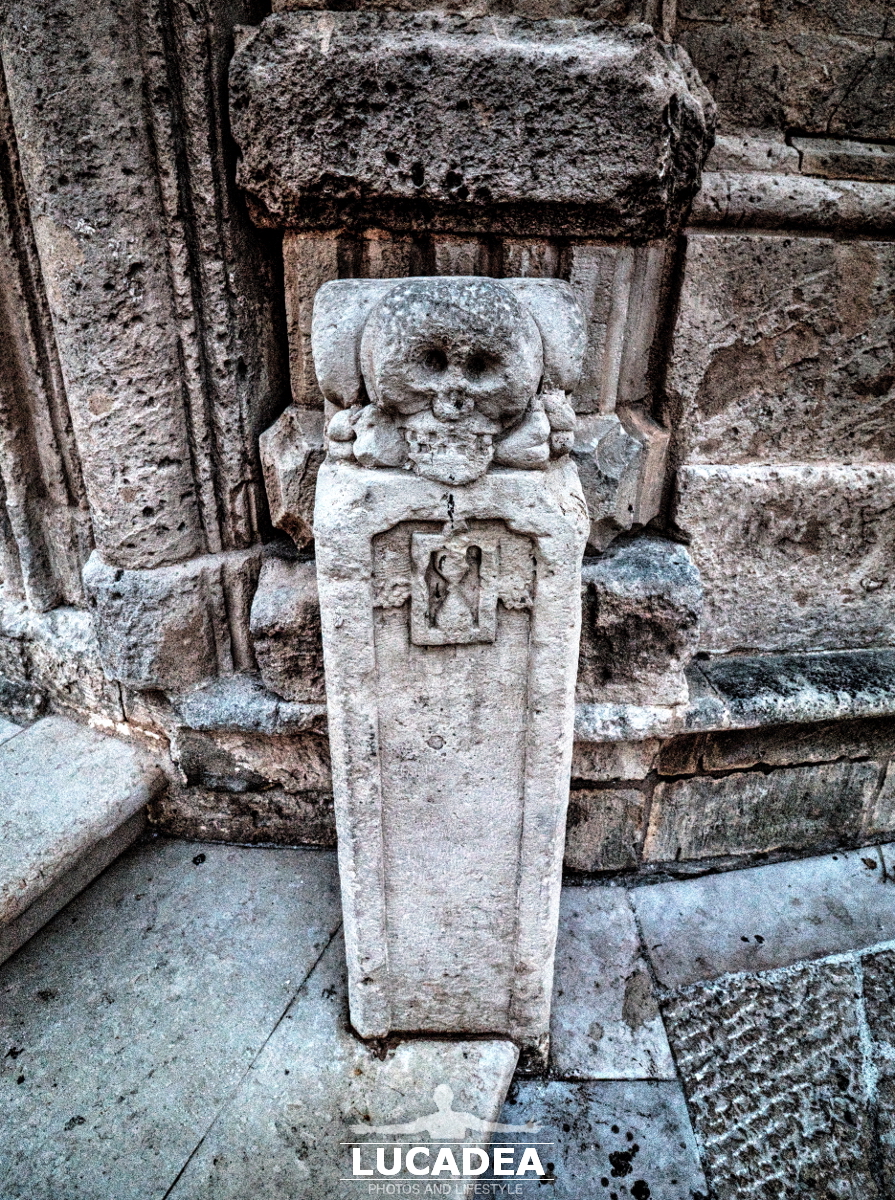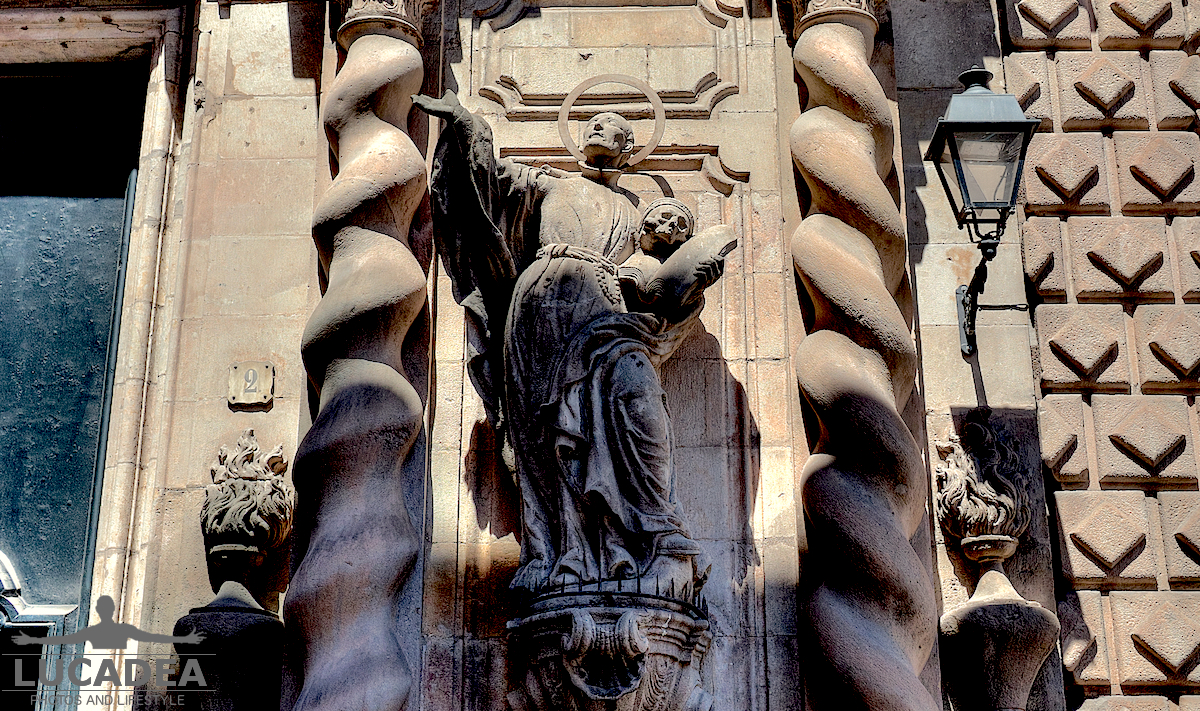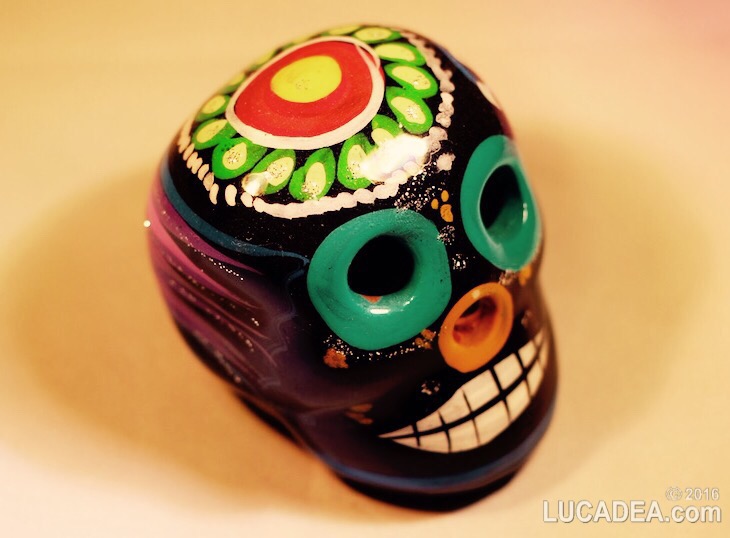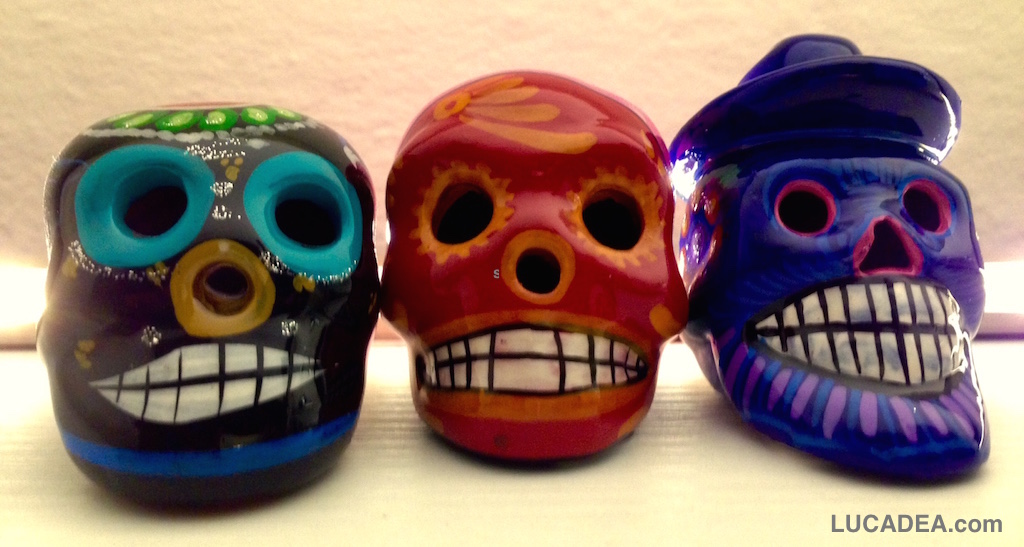The Sanctuary of San Bernardino alle Ossa in Milan.
It is a fascinating place full of history. Located in the city center, near the famous Piazza del Duomo, the sanctuary is best known for its ossuary chapel.
The ossuary was built in 1210 to address the lack of space in the local cemetery. The bones of the deceased were collected and artistically arranged along the walls, creating a unique and disturbing atmosphere. The current chapel was then rebuilt in 1695, after being destroyed by a fire.
The interior of the sanctuary is decorated with splendid frescoes by Sebastiano Ricci, a famous Venetian painter of the 17th century. These frescoes represent scenes from the lives of the saints and further enrich the evocative atmosphere of the place. The peculiarity of the sanctuary is also given by the high altar, made of marble and decorated with statues of angels and saints.
Visiting the Sanctuary of San Bernardino alle Ossa is an experience that leaves its mark. The combination of history, art and the macabre charm of the ossuary make this place an unmissable attraction for anyone in Milan.
Have you ever been to this place in Milan?
Add your own comment or go to the bottom of the site to read what other visitors have written.
Photo taken with Honor 20.
This is the official website of the sanctuary: sanbernardinoalleossa.it.
Here is where the palace is located:
The church of San Bernardino alle Ossa is a church in Milan, located in Piazza Santo Stefano. Also referred to in the past as San Bernardino ai Morti, it is particularly known for its seventeenth-century ossuary chapel, whose walls are mostly covered with bones to form true baroque decorations.
Continue and learn more on Wikipedia
The Sanctuary of San Bernardino alle Ossa in Milan – Le sanctuaire de San Bernardino alle Ossa à Milan – El Santuario de San Bernardino alle Ossa en Milán – O Santuário de San Bernardino alle Ossa em Milão – Das Heiligtum San Bernardino alle Ossa in Mailand – Thánh địa San Bernardino alle Ossa ở Milan
The text of the post was written with the help of Copilot, a virtual assistant based on artificial intelligence.








